Kur J., Igliński P., Galant G., Mioduchowska M.
jarek.kur@gmail.com
Biofouling is called “lessons from nature”. For as long as we can remember, man has struggled with the problem of unwanted biofouling of immersed elements. In modern times, biofouling on artificial structures has become a transfer vector of invasive species. “Artificial islands” become a kind of “hitchhiker’s squats” that allow their further successful dispersion. Currently, governments and industry spend more than 5.7 billion USD annually to prevent and control unwanted marine biofouling. However, this problem has still not been efficiently resolved. The Baltic Sea is defined as a “time machine” for the future coastal ocean, as processes occurring in the Baltic Sea are related to future changes. Our study describes the biofouling community at 12 sites located at different depths on the legs of the “Baltic Beta” oil platform that resulted in finding a maximum of 1,300 individuals on 400 cm-2. We analyzed spatial distribution of dominant marine organisms living on a steel platform surface, their abundance and mass. Biofouling assemblages reached a thickness of about 50 mm at each sampling site as a result of the stratified fouling process. Inner layer was formed by Mytilus trossulus. Our work showed no significant difference in the benthic samples mass among different depths or cardinal directions of the rig columns. Finally, our research can help predict offshore biofouling on other devices in the Baltic Sea, control invasive species and estimate environmental load. Ecological and experimental research on existing offshore constructions may be an interesting alternative to studies conducted close to the mainland. The lesson we can learn from our “Baltic studies” is that the level of the Baltic anaerobic zone is really a “dead zone” even for invasive ubiquitous organisms below 50 m in this region.
